Learn More About 15 of the World's Most Endangered Species - My Modern Met
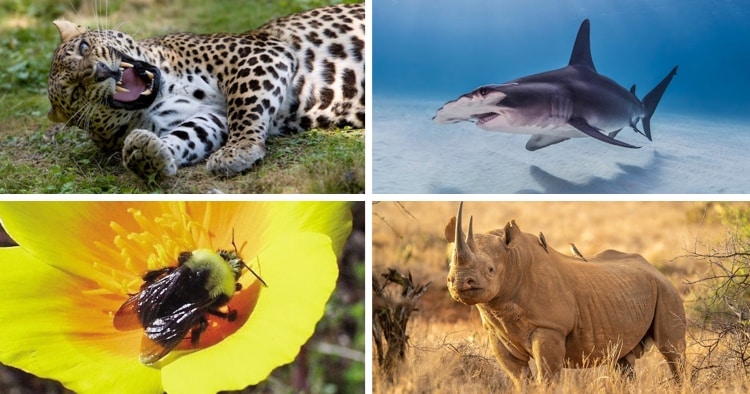
The world is filled with incredible wildlife. But, as we all know, many species are facing increased difficulties. Whether that means habitat loss due to climate change or battling against the animal trade, there are many reasons why animals are at risk of extinction. Many of them, like elephants, gorillas, and tigers, receive a lot of attention. While others, like spiders or small birds, may not be on most people's radar. But all of these animals are important to the Earth's biodiversity and that is why we are taking a look at some of the world's most endangered animals.
Since 1964, the International Union for Conservation of Nature (IUCN) has compiled its Red List of Threatened Species. The list includes plants and animals at all levels of risk and today, the IUCN Red List has become an important tool for scientists and conservationists.
We've selected 15 animals categorized as Critically Endangered on the Red List. The next step beyond this category is Extinct in the Wild and then, tragically, Extinct. By learning more about these incredible animals, their contributions to our planet, and the reasons that they are at risk, there is hope that change can come about. And by looking at some of the charitable organization that help these animals, it's also possible to be part of that change.
Here are 15 of the world's most endangered animals today.
Amur Leopard
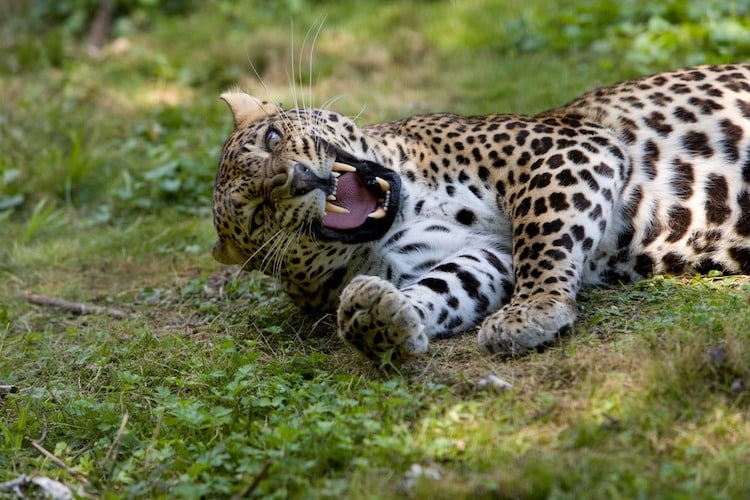
Photo: slowmotiongli/123RF
Common Name | Amur Leopard |
Scientific Name | Panthera pardus orientalis |
10 to 15 years | |
Geographic Range | Russian Far East |
Est. Population (in wild) | |
Sometimes called the Far East leopard or Manchurian leopard, Amur leopards live in the Russian Far East. They are considered one of the rarest cats on Earth and their population has dwindled to around 120 due to poaching (both of leopards and their main prey, deer), habitat loss, and deforestation. Their small population also makes them susceptible to problems associated with inbreeding. Uniquely adapted for the cold weather, they inhabit a small area of 2,700 square miles and are solitary animals typically viewed only thanks to camera traps.
The Amur Leopard and Tiger Alliance (ALTA) lead local conservation efforts to try and preserve the existing population, as well as increase its numbers.
Black Rhino
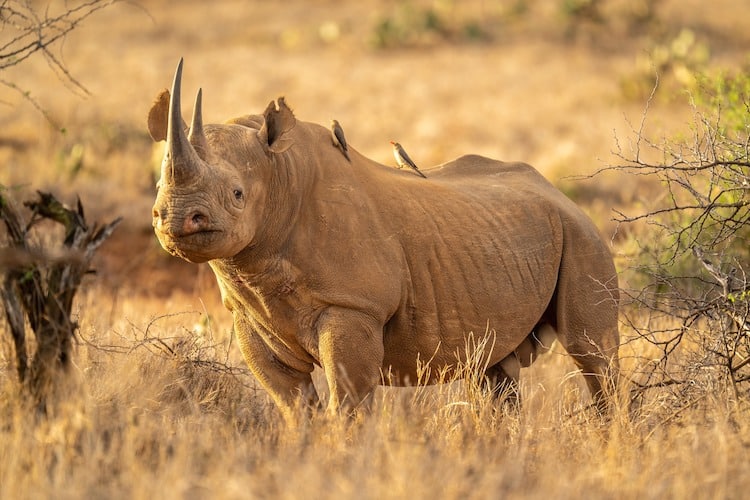
Photo: nickdale/123RF
Common Name | Black Rhinoceros |
Scientific Name | Diceros bicornis |
35 to 40 years | |
Geographic Range | Eastern and Southern Africa |
Est. Population (in wild) | |
The Black rhinoceros is just one of several rhino species that are, unfortunately, at risk of extinction. Along with the Javan rhino and Sumatran rhino, the Black rhino is listed as critically endangered. Three subspecies have already been declared extinct, the last in 2011, and conservationists are racing to ensure that the Black rhino doesn't meet the same fate. Luckily, its population has increased by 12% from 2015 to 2021 according to an IUCN report. This coincides with a decrease in poaching. But, at the same time, threats due to habitat change and competing species are still a concern.
The International Rhino Foundation works to help all rhinos facing extinction through the restoration of wildlife habitats and community education and outreach.
Bornean Orangutan

Photo: whitcomberd/123RF
Common Name | Bornean Orangutan |
Scientific Name | Pongo pygmaeus |
35 to 45 years | |
Geographic Range | |
Est. Population (in wild) | c. 105,000 |
Orangutans are highly intelligent animals who shared 97% of their DNA with humans. But, unfortunately, many orangutan species are at risk of extinction. This includes the Bornean orangutan, as well as the Sumatran orangutan and Tapanuli orangutan, which are all listed as critically endangered. As their name suggests, the Bornean orangutan lives on the island of Borneo. They are the largest tree-dwelling apes and are greatly at risk due to habitat and the bushmeat trade. In just 20 years, their habitat has been slashed by 55%. Though they are more plentiful than Sumatran orangutans, who have a population of about 14,000, their population has declined 50% over the past 60 years.
Orangutan Foundation International has been working since 1986 to save these primates. They work with the Indonesian government and communities in Borneo to expand national parks, establish reserves, buy and safeguard land, and replant degraded forest areas to create permanently protected orangutan habitats. They also provide educational programs and local outreach to involve local communities in conservation efforts.
Cross River Gorilla
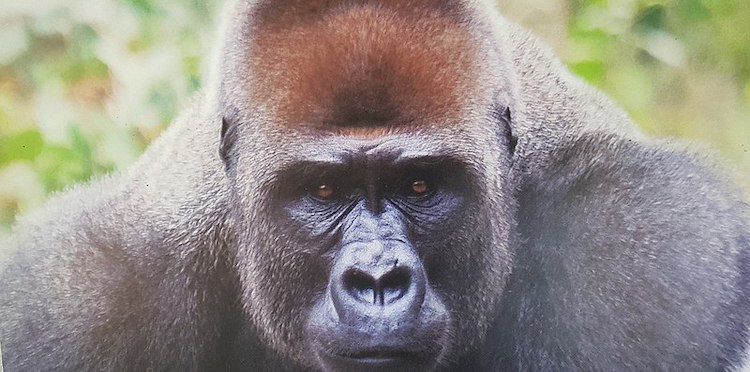
Photo: Fkamtoh via Wikimedia Commons (CC BY-SA 4.0)
Common Name | Cross River Gorilla |
Scientific Name | Gorilla gorilla diehli |
35 to 50 years | |
Geographic Range | Cameroon-Nigeria border |
Est. Population (in wild) | 200 to 300 |
While the Cross River gorilla was first described in 1904, it wasn't until 1987 that its features were fully confirmed. That is because this rare gorilla lives in the rugged terrain on the borders of Cameroon and Nigeria and is wary of humans. Scientists have estimated their tiny population by counting nests and the estimated range of their habitat. Cross River gorillas need an abundance of uninhabited forest to survive and, unfortunately, deforestation and land fragmentation have made it difficult for them to survive. Sadly, they are just one of many gorilla species in central Africa facing extinction. The western lowland gorilla and eastern lowland gorilla are also on the critically endangered list. Civil unrest, particularly in the Democratic Republic of Congo (DRC), has exacerbated issues for the eastern lowland gorilla, as well as poaching. In good news, the mountain gorilla, which also lives in the DRC, has seen population increases due to conservation efforts, though it still remains on the endangered list.
The International Gorilla Conservation Programme works across central Africa to save these primates. This coalition of international partners works with local organizations in countries like Rwanda, Uganda, and the DRC to ensure that National Parks are protected and communities are educated about gorillas.
African Forest Elephant
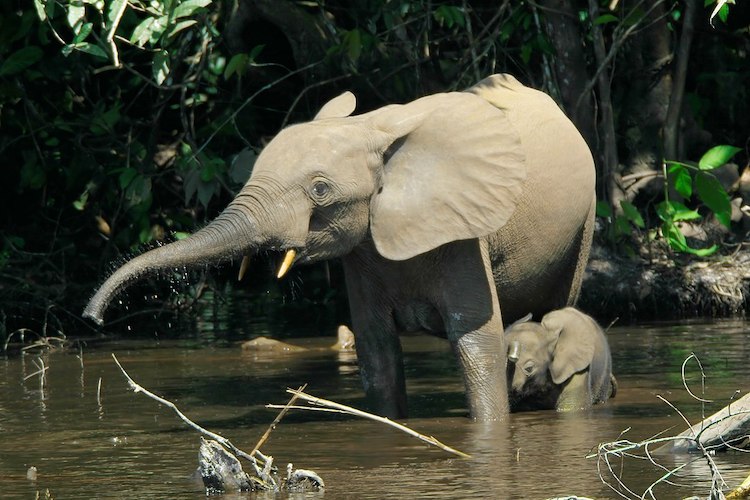
Photo: Thomas Breuer via Wikimedia Commons (CC BY 2.5)